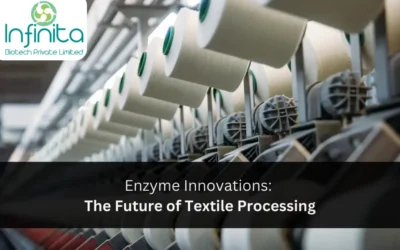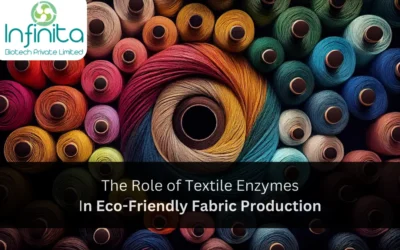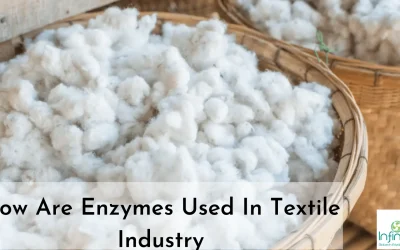Biopolishing or Biofinishing is an enzymatic process carried out for the surface modification primarily during wet processing of cotton, cotton blends, viscose rayon, tencel fabrics and garments. It is mostly trending on denim jeans, shirts and jackets. It uses a multi-component enzymatic product which hydrolyzes cellulose chains on the surface to glucose. During its application in the finishing, protruding fibres or surface fuzz is completely scissored out thus improving handle, texture, smoothness and luminosity of the treated textiles woven fabrics & garments.
The most important application is the processing of denim jeans for providing special effects without significant fabric loss of strength & colour. Biopolishing enzymes are effective over mild pH and temperatures and are also easily biodegradable. Biopolishing with cellulase enzymes can be widely used on cotton, flax, hemp, viscose, lyocell protruding fibres. They improve the anti pilling property, creating better surface and superior softness with minimal amount of water and steam making it an eco-friendly process. Cellulase is principally used for the process of biofinishing since it belongs to a range of enzymes that hydrolyses the cellulose and lowers the glycosidic links.
Three Major Components Of Cellulolytic system:
1. Endocellulase cleave bonds in the range of the amorphous section.
2. Cellobiohydrolases, working from the crystalline portion, generate cellobiose
3. Beta-glucosidase operates from the ends and degrades the cellobiose and oligosaccharides into glucose.
These easily available cellulases are equipped to the process of modifications, requisite for the fabric’s smooth and velvet structure. Various dyeing machines have different rates of agitation, such as jet dyeing machines and wind dyeing machines. And hence, the overall effect of cellulase shows differently on both processes. One must note that agitation rate has a higher impact on the attack on cellulose and is widely used in the textile industry for finishing.
Factors on which the positive outcomes of biopolishing depends:
1. Adequate and perfect cuts concerning the removal of fibrils.
2. Treatment in aqueous condition, done to prevent the reattachment of the fibrils on the fabric.
Considering the above two factors, we can safely assume that the first one is achieved by following the proper protocols involving the rate of agitation as well; and the second one is achieved by smartly choosing the right chemical that can help in the suspension of the fibrils.







